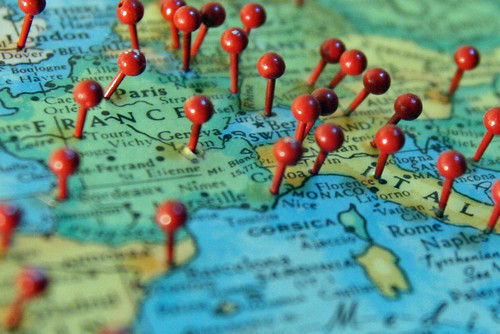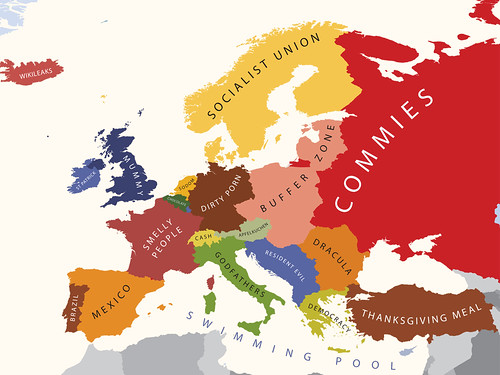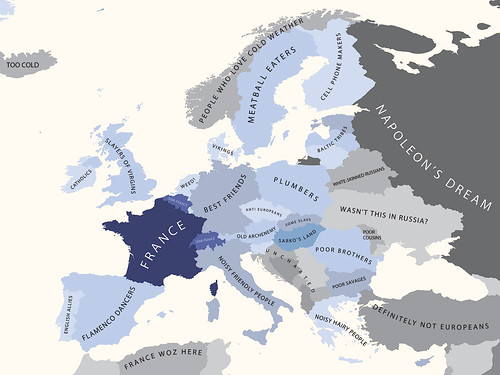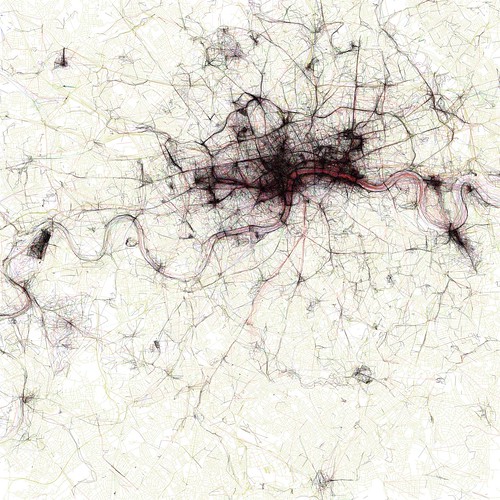Geolocating Yourself? In Europe, You're Not Alone
Exposure 2010, the recent study by Orange and TNS, makes for some interesting reading for the location industry. Although it should be taken with a large pinch of salt from the pot labelled lies, damned lies and statistics, the study's report shows the significant increase in use of geolocation services within the mobile space.
In the UK, France, Spain and Poland, geolocation services occupy the 3rd, 2nd, 1st and 2nd slots respectively for most used mobile services. While the report only breaks geolocation down into two categories, streetmap/GPS and social networks, it's not difficult to see how the perception that location is finally going mainstream is worth some merit.






